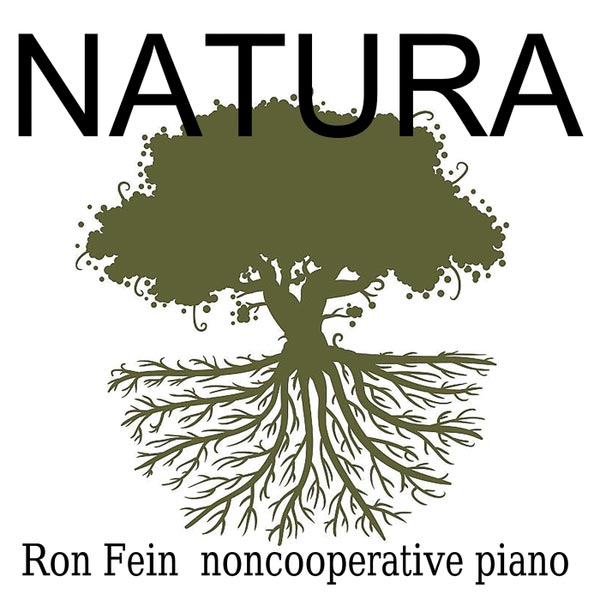- Tango reducido (6:22)
- Laisser (8:00)
- Trillium (11:59)
- Amoroso (7:44)
- Hydra (9:27)
- Berceuse (12:09)
- Natura sonata (22:07)
This music is derived from the most simple rhythms and sounds occurring in the innate world. It is layered in a noncooperative manner independent of tempo, meter or verticality – embodying events in nature – then designed for the nuance of the piano.
melodies, form
simple rhythms
one tone at a time
superimposed
endless refinement
piano: a machine
built to human touch
the evolution
of expression
as if the force
of nature
were making the music
Tango reducido
Remove the lilting meter, the song of it, the circus quality of accordion and bandoneon, the muscular masculine latin drama. An essence remains – violent, driving and purposeful. I did not set out to make a tango, but the combination of certain noncooperative elements led to this sound. I begin to wonder at the origination of styles of music, and how they might evolve out of the natural world.
Laisser
In French it means to let go. In music, laissez vibrer means to let sound, and every piano tone is allowed to do just that. The rhythmic form is the natural decay of a single clap of thunder, greatly stretched and expanded in time, replaced with noncooperative phrasing and tonalities.
Trillium
Not the flower, but a spurious new member of the periodic table. We listen as the dangerous substance strives to reach critical mass. Unlike similar elements thulium, helium, gallium, or thallium, it is a foreign atomic number, troubling to the future of the earth. All musical material is derived from the trill, or the frequent alteration between two tones or sonorities.
Amoroso
A biological love, extracted from rhythms of procreation in nature, of cell division and concupiscence of all kinds, cited from plant, animal and microscopic realms. On both granular and form levels, the generosity of love and graciousness is the focus, including and beyond the human.
Hydra
Multiple meanings in this term, from the small freshwater animal which is a “nerve net” and biologically immortal, to the Greek mythological serpent with many heads. I approach these ideas by utilizing all of the 4-tone chromatic groupings, in order to construct a sinewy tension. Rhythmic patterns from the squamata and testudines reptile groupings are utilized, along with the microscopic movements of the hydra from the polyp and medusa life forms.
Berceuse
Known traditionally as a type of lullaby, I incorporate lulling qualities to imply subtle repetitions embedded into the musical texture. The form is divided exactly in half – first with a contemplative evolution based on the human breath, and later with a broad development of the original musical material. A series, not of cadences, but rather “blossoms” of sound mirroring moments of beauty and offering arising in the metta state of semiconscious meditation, represent a sane yet ethereal progression through time.
Natura sonata
Sonata, the term, means simply to be played, as opposed to be sung. I investigate the playing of the piano – the expression, nuances and human potentiality of the instrument. Absent of key structure, the traditional sonata form is adhered to, by a slow introduction in a contrasting tonality, a coda that explores thematic material, and an overall binary form. Many generative states and rhythms are used, in order to convey enveloped fractals, or evolving symmetry, that exist in a wild natural setting.
